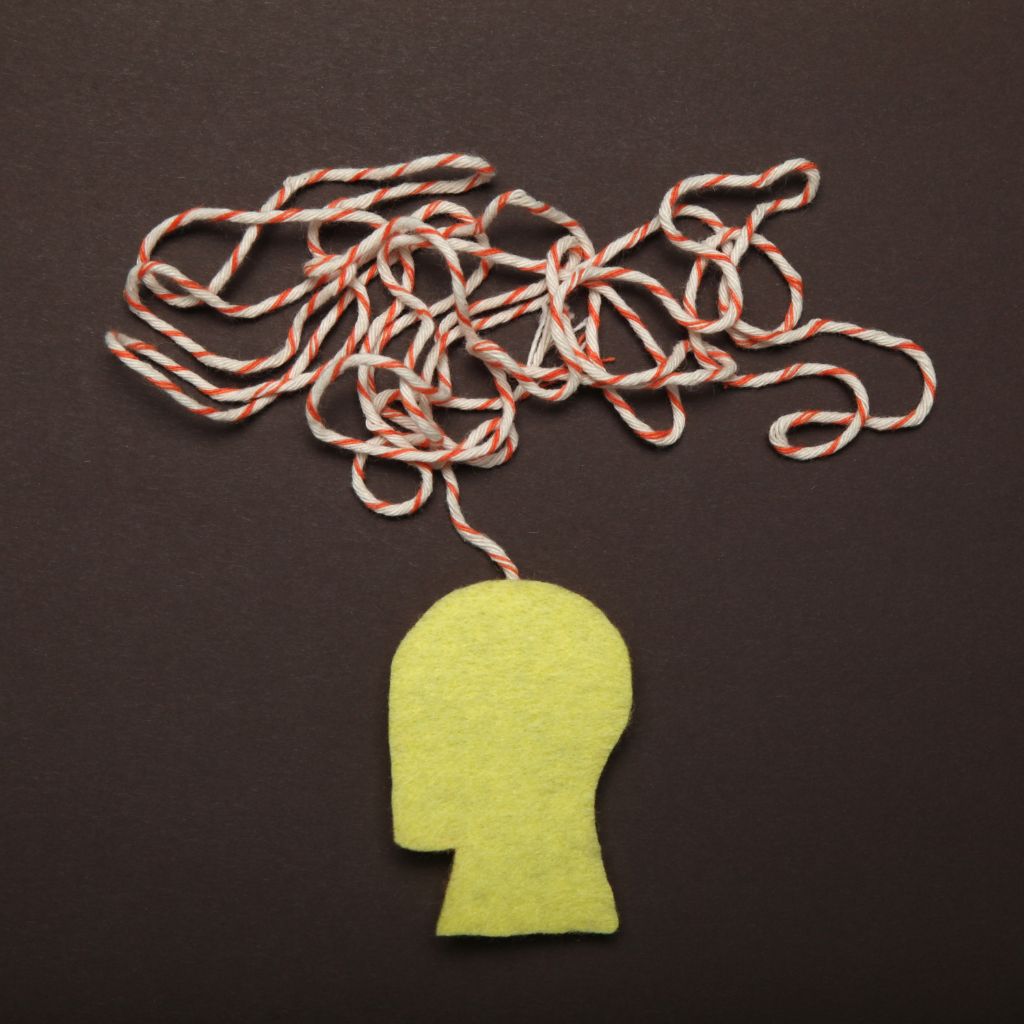Alex, a talented graphic designer known for creativity but experiencing inconsistent work performance. In a bustling advertising agency, Alex’s struggle with adult ADHD becomes apparent. Despite eagerness to start a new project, distractions abound as they battle to focus amid buzzing office chatter and incessant phone notifications. Task prioritization becomes a challenge, leading to procrastination and cluttered workspaces. In meetings, impulsivity surfaces as Alex interrupts colleagues, disrupting discussions. Despite potential, deadlines are missed, frustrating their manager and causing tension among team members. In this scenario,
Alex exhibits several signs of adult ADHD in the workplace, including inattention, impulsivity, disorganization, and difficulty prioritizing tasks. These symptoms impact their productivity, communication with colleagues, and overall performance at work. Recognizing and understanding these signs can help employers provide appropriate support and accommodations to help individuals like Alex thrive in the workplace.
What Exactly is ADHD?
ADHD or Attention Deficit Hyperactivity Disorder, a neurodevelopmental disorder characterized by persistent patterns of inattention, impulsivity, and hyperactivity that interfere with daily functioning and development. ADHD affects individuals across various domains of life, including academic, social, and occupational functioning. While the exact cause of ADHD is not fully understood, it is believed to involve a combination of genetic, neurological, and environmental factors. Despite being commonly associated with children, ADHD can persist into adulthood, posing unique challenges and complexities. Many adults grapple with undiagnosed ADHD, unaware that their struggles might be attributed to this condition. Understanding the signs and symptoms of adult ADHD is crucial for identifying and managing it effectively.
Studies indicate that ADHD affects a considerable portion of adults worldwide. While estimates vary across different regions and populations, research suggests that approximately 4% to 5% of adults worldwide may have ADHD. However, this figure may be even higher due to underdiagnosis and misdiagnosis, as many adults with ADHD may not seek professional evaluation or may be diagnosed with other mental health conditions instead.
The Occurrence of Adult ADHD
The prevalence of ADHD in adults differs from that in children, with some studies suggesting that up to 60% of children with ADHD continue to experience symptoms into adulthood. Additionally, there is growing recognition of late-onset ADHD, where individuals may not exhibit symptoms until adulthood, further complicating diagnosis and prevalence estimation.
Gender differences also play a role in the prevalence of adult ADHD. Historically, ADHD has been more commonly diagnosed in males during childhood, leading to a misconception that it predominantly affects males. However, emerging research suggests that ADHD is equally prevalent among males and females in adulthood, though symptoms may manifest differently. Females with ADHD may be more likely to exhibit inattentive symptoms, which are often overlooked or attributed to other factors, contributing to underdiagnosis and delayed treatment.
Despite the prevalence and impact of adult ADHD, it remains underdiagnosed and undertreated. Many adults with ADHD may struggle silently, unaware that their difficulties could be attributed to a treatable condition. Recognizing the signs and symptoms of adult ADHD is crucial for timely diagnosis and intervention.
Recognizing Adult ADHD
- Inattention
– Adults with ADHD often find it challenging to focus on tasks, leading to frequent daydreaming, difficulty organizing work or personal activities, and being easily distracted by unrelated stimuli.
– They may struggle to follow through on instructions, miss details in work or daily tasks, and frequently switch between activities without completing any.
- Hyperactivity
– While hyperactivity might manifest differently in adults compared to children, it often presents as restlessness, impulsivity, and an inability to stay still or relax.
– Adults with ADHD might engage in fidgeting, tapping, or constantly moving their feet or hands. They may also have difficulty sitting through meetings, conversations, or activities that require prolonged attention.
- Impulsivity
– They may struggle with controlling their emotions, leading to outbursts or mood swings.
– Impulsivity in adults with ADHD can lead to impulsive decision-making, interrupting others in conversations, difficulty waiting for their turn, and engaging in risky behaviors without considering the consequences.
- Disorganization
– Adults with ADHD often struggle with organization and time management, leading to missed appointments, deadlines, and forgetfulness about important tasks.
– They may have cluttered workspaces and difficulty maintaining a routine or completing long-term projects.
- Difficulty in Relationships
– ADHD can significantly impact interpersonal relationships. Adults with ADHD may have trouble listening attentively, remembering conversations, or following through on commitments.
– They might be perceived as unreliable or disinterested in maintaining relationships, leading to strains in personal and professional connections.
- Chronic Procrastination
– Procrastination is a common trait among adults with ADHD. Despite recognizing the importance of tasks, they may struggle to initiate or complete them in a timely manner.
– This procrastination can lead to increased stress, missed opportunities, and negative consequences in various aspects of their lives.
The Impact of ADHD on Workplace Dynamics and Productivity
Adult ADHD significantly impacts the workplace, hindering productivity in various ways. Challenges with attention, organization, time management, and impulse control can disrupt performance. Individuals may struggle to focus on tasks, leading to inefficient work and missed deadlines. Prioritizing tasks becomes difficult, often resulting in procrastination and feeling overwhelmed. Impulsivity can cause interruptions in meetings and difficulty in completing tasks.
These factors contribute to reduced productivity, increased stress, and strained relationships with colleagues. However, with tailored support and strategies like organizational tools and open communication, individuals with adult ADHD can effectively manage symptoms and succeed in the workplace, enhancing productivity and job satisfaction.
How to overcome ADHD at work

Overcoming ADHD at work involves implementing strategies to manage symptoms effectively and enhance productivity. Here are some practical steps to consider:
- Understanding ADHD
Educate yourself about ADHD and how it affects your work performance. Recognize your strengths and challenges, and identify specific symptoms that impact your productivity.
- Utilize Organizational Tools
Use tools such as planners, calendars, task lists, or project management apps to keep track of deadlines, appointments, and tasks. Break down larger projects into smaller, manageable steps to avoid feeling overwhelmed.
- Time Management Techniques
Implement time management strategies such as setting timers or alarms to stay on track, prioritizing tasks based on importance and deadlines, and using techniques like the Pomodoro Technique (work for a set time, then take short breaks) to maintain focus and productivity.
- Minimize Distractions
Create a conducive work environment by minimizing distractions. This may involve using noise-canceling headphones, blocking distracting websites or apps, or finding a quiet workspace away from high-traffic areas.
- Structured Routine
Establish a consistent daily routine that includes set work hours, regular breaks, and designated times for tasks such as checking emails or attending meetings. Stick to your routine as much as possible to create predictability and structure.
- Break Tasks into Smaller Steps
Break down complex tasks into smaller, actionable steps to make them more manageable and reduce procrastination. Focus on completing one step at a time, celebrating small victories along the way.
- Seek Accommodations
If needed, discuss accommodations with your employer or HR department. This may include flexible work hours, remote work options, or adjustments to your workspace to better accommodate your ADHD-related needs.
- Self-Care
Prioritize self-care by getting adequate sleep, maintaining a healthy diet, exercising regularly, and managing stress through relaxation techniques such as meditation or mindfulness.
- Open Communication
Communicate openly with your supervisor or colleagues about your ADHD and any challenges you may face at work. Discuss strategies that have been effective for you and seek their support and understanding.
- Seek Professional Help
Consider seeking support from a therapist or ADHD coach who can provide strategies, coping mechanisms, and emotional support tailored to your specific needs.
Overcoming ADHD at work is a journey that requires patience and self-awareness. Progress may not always be linear, so it’s important to be kind to yourself and seek support when needed. Reach out to colleagues, mentors, or healthcare professionals for guidance and encouragement. Experiment with different strategies to manage symptoms, such as organizational tools or time management techniques, and tailor them to fit your needs. Open communication with your supervisor and colleagues can create a supportive environment where you feel understood. By taking proactive steps and seeking support, you can thrive in the workplace and celebrate your achievements along the way.





